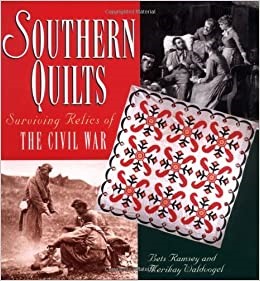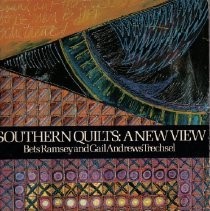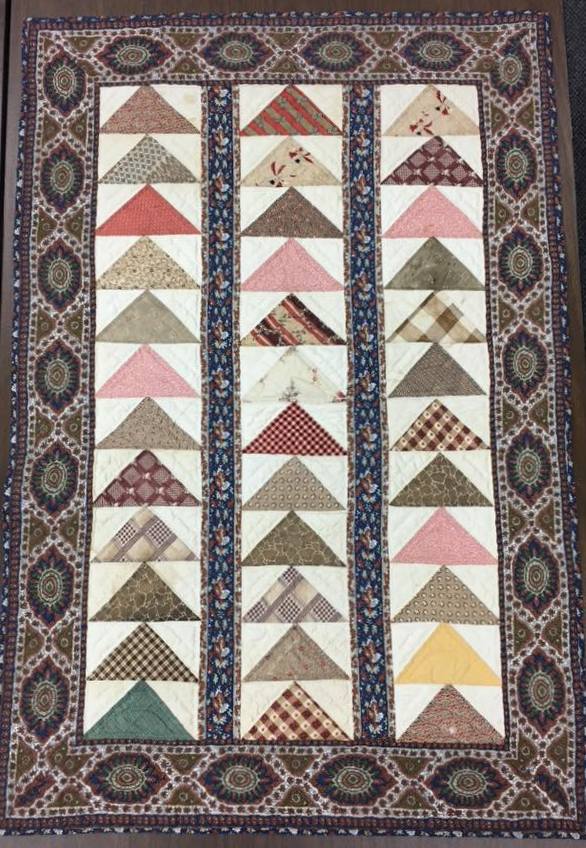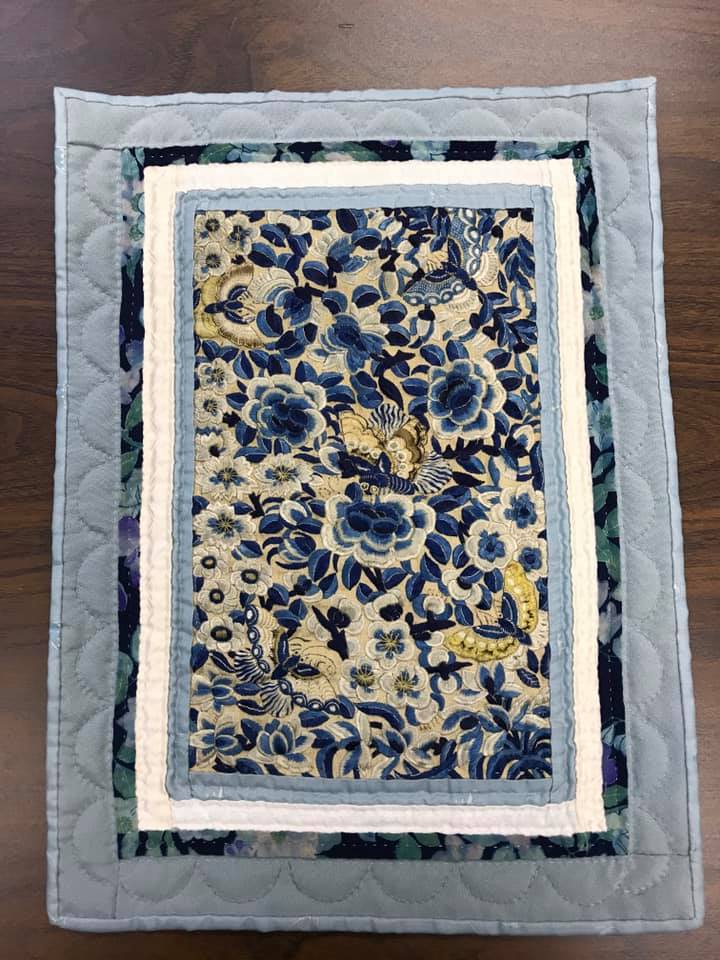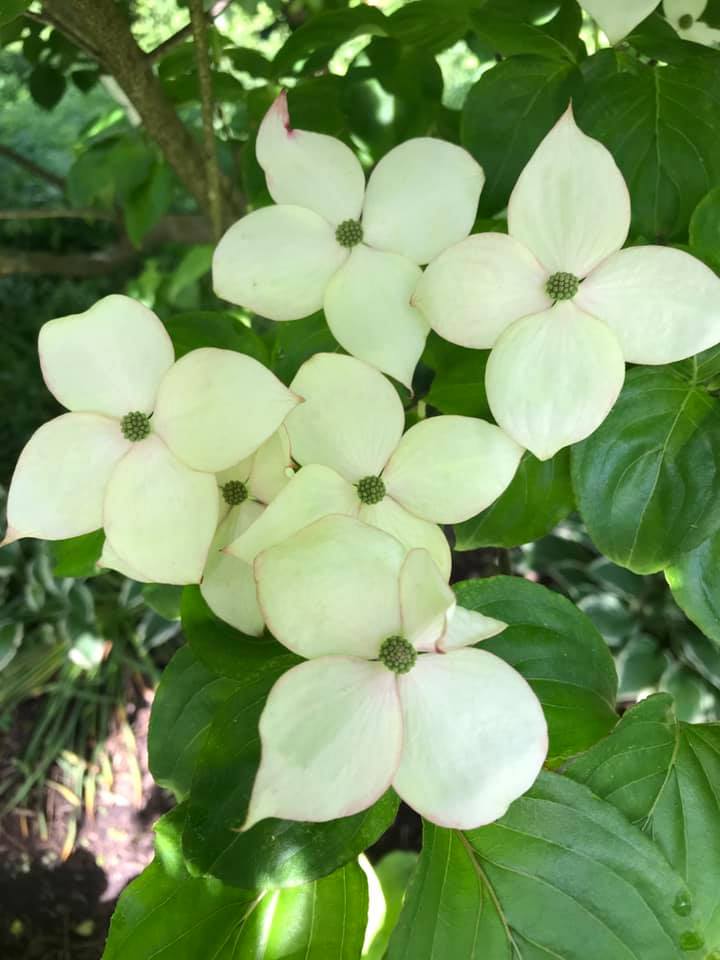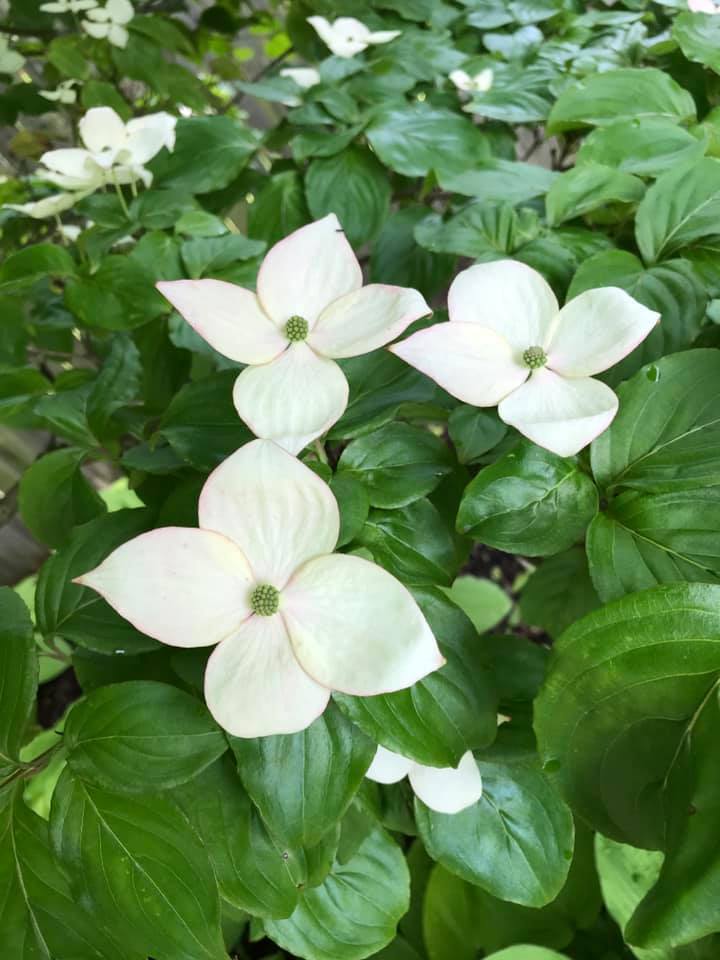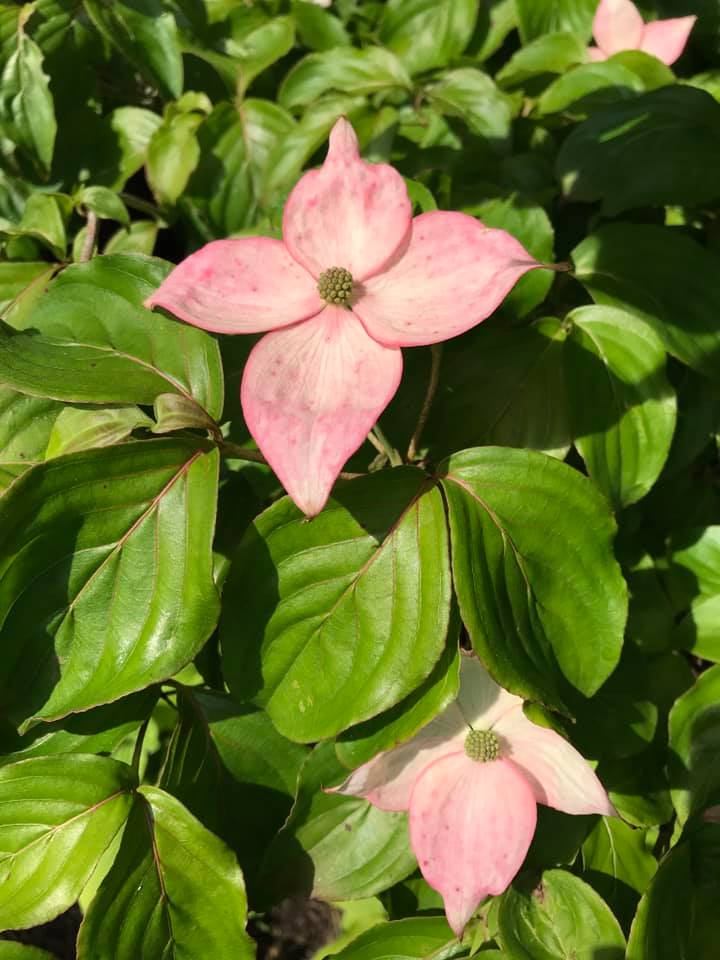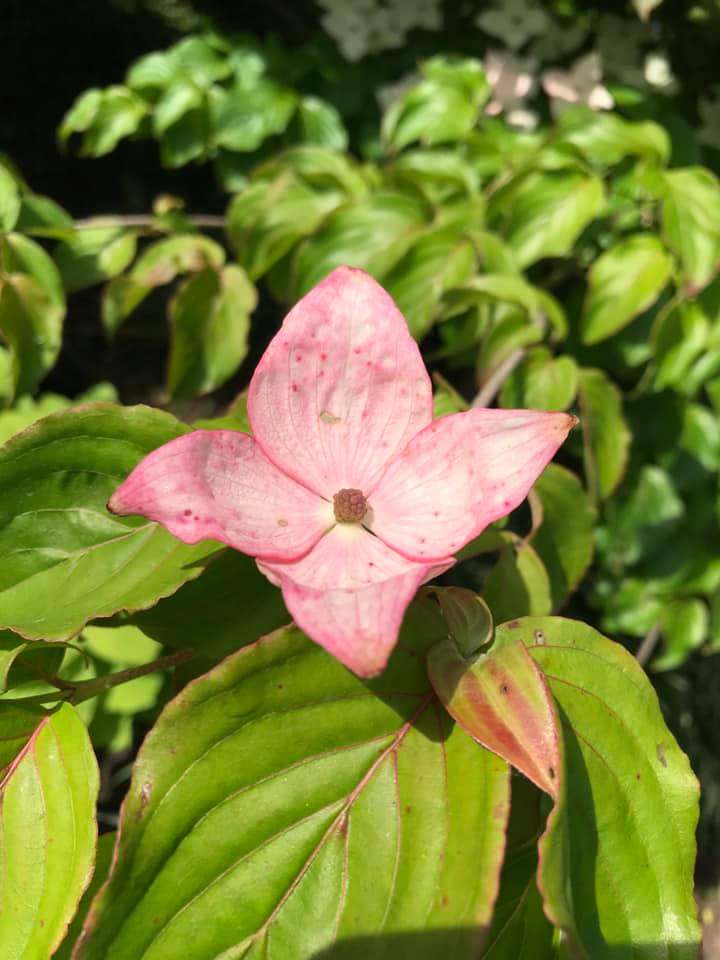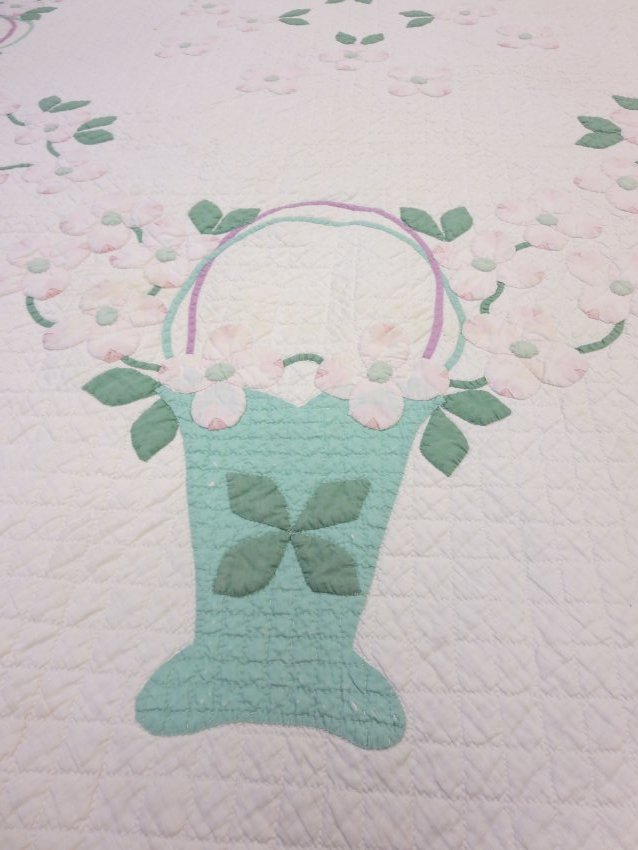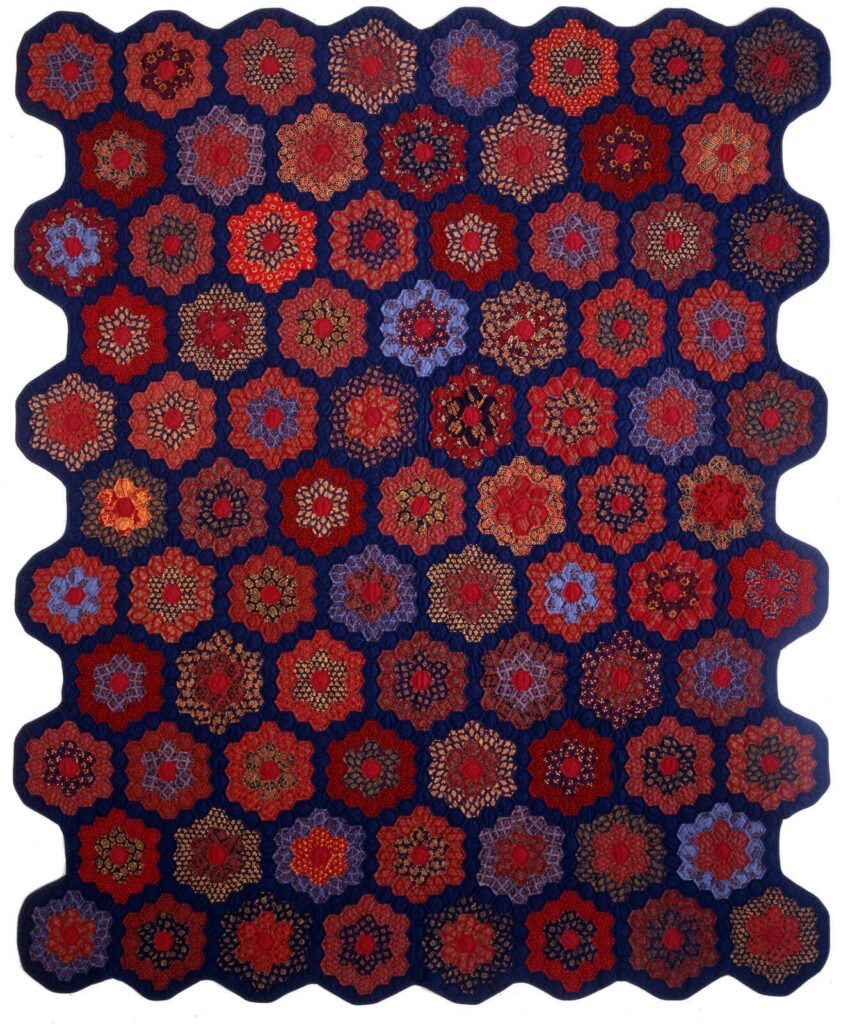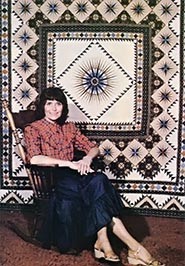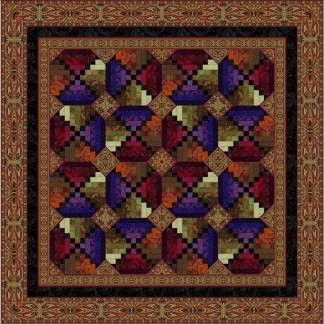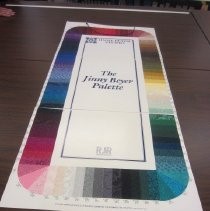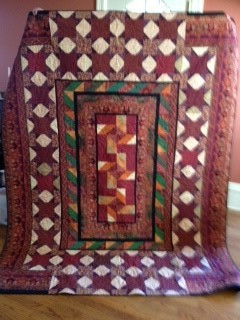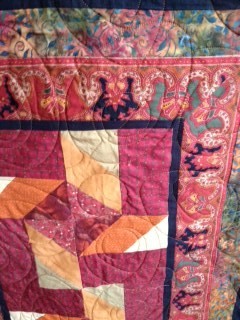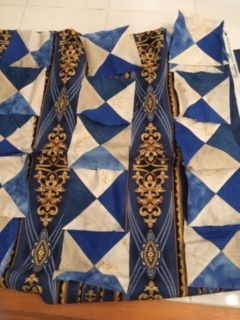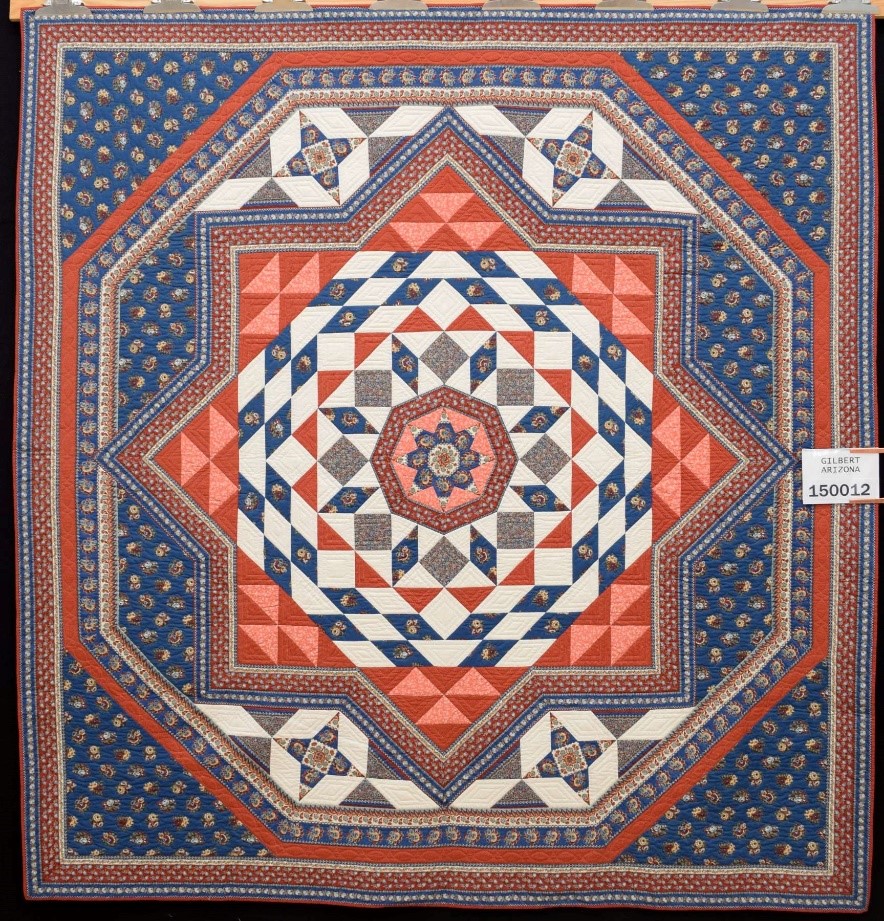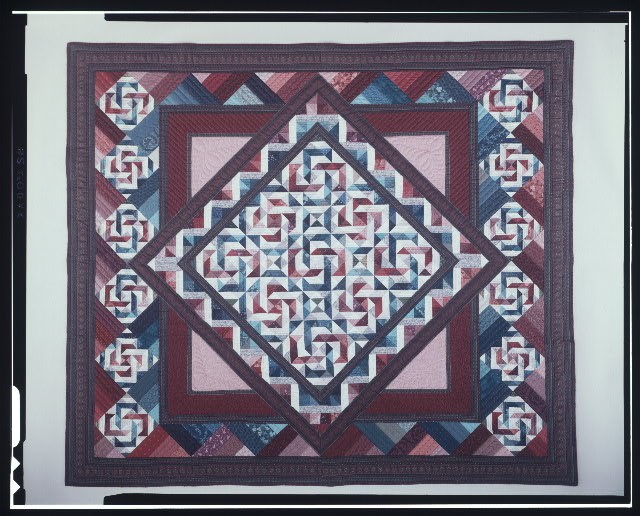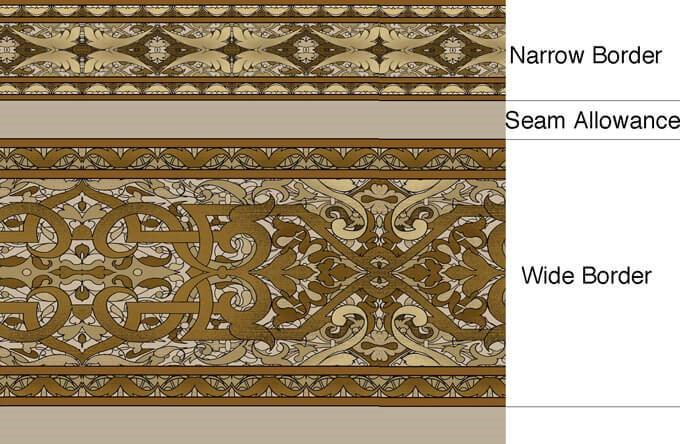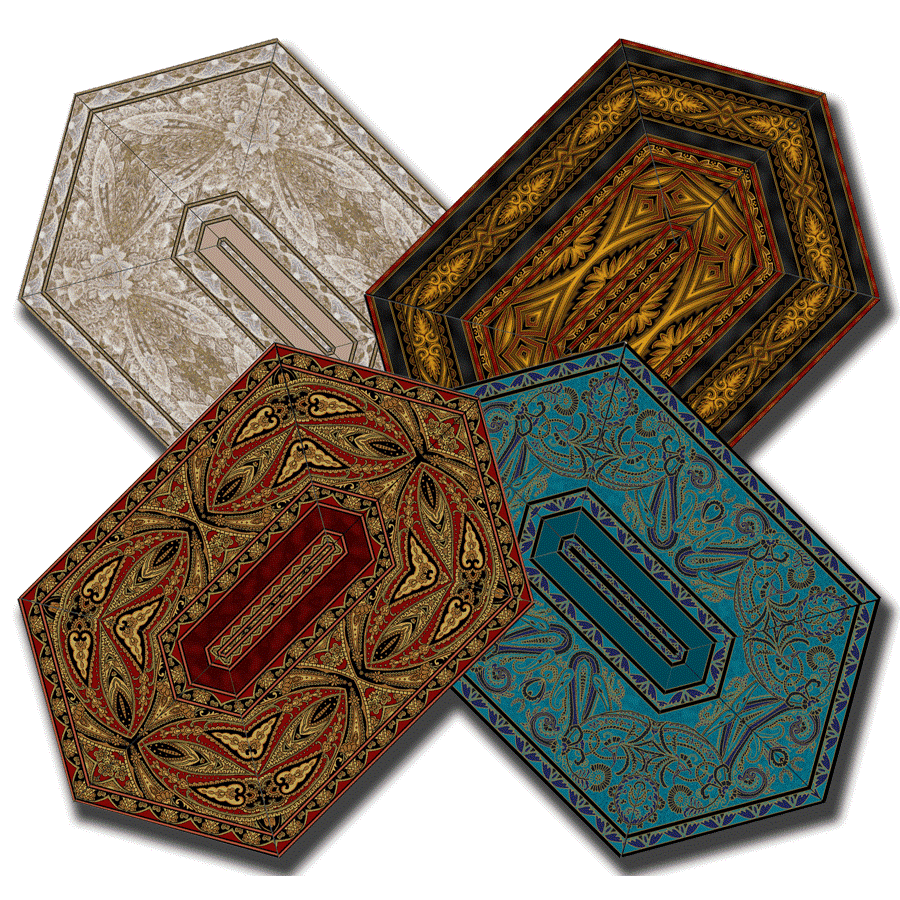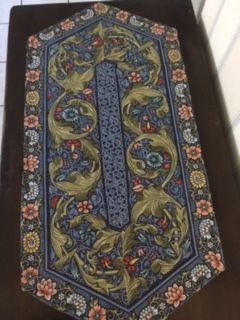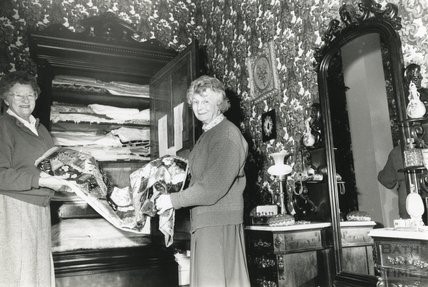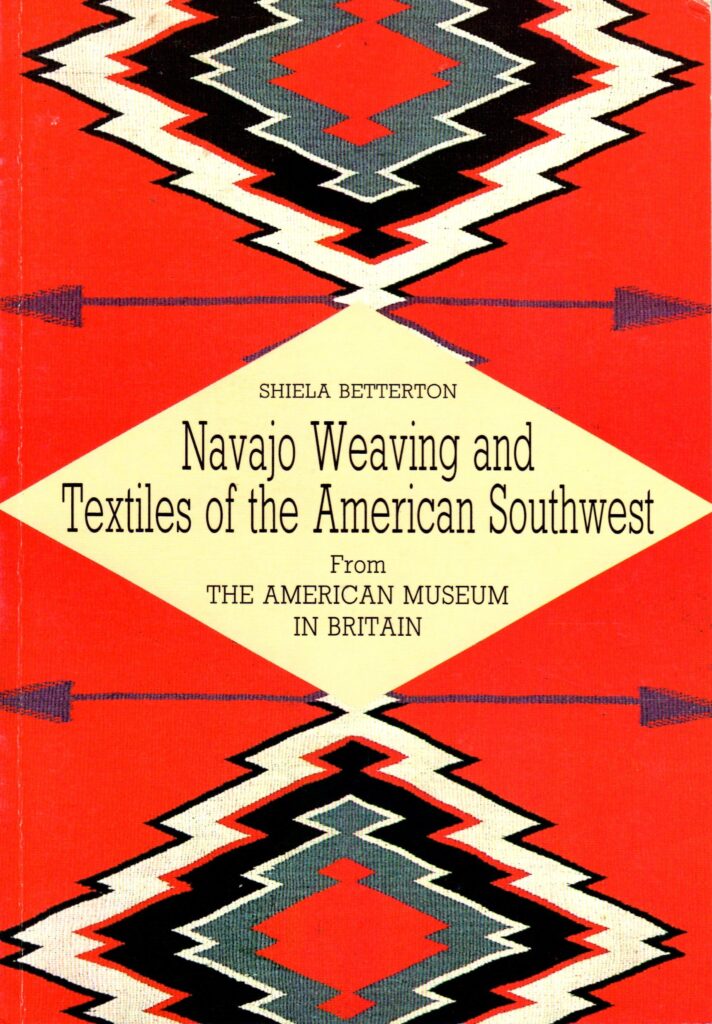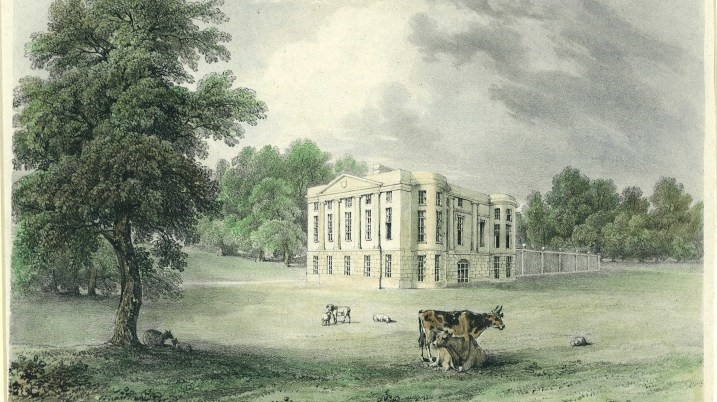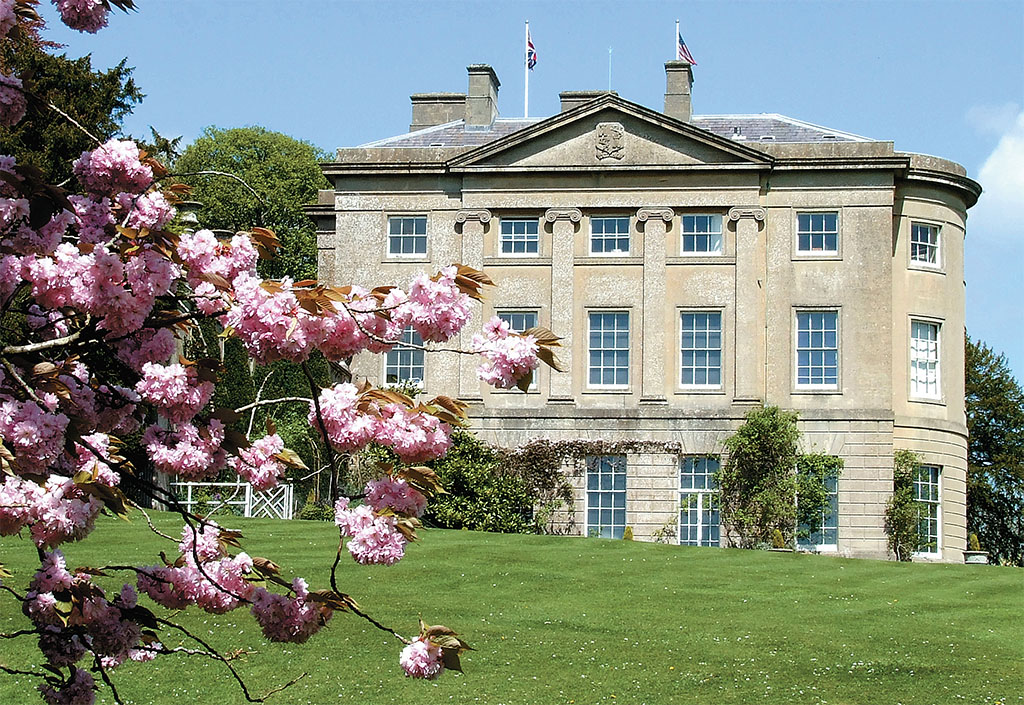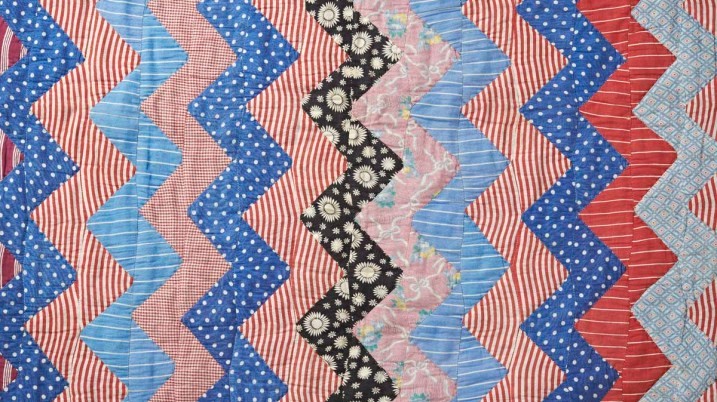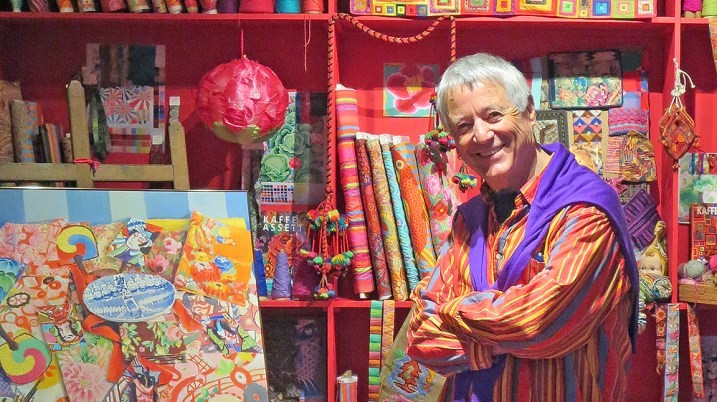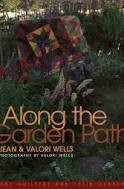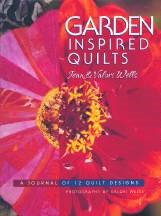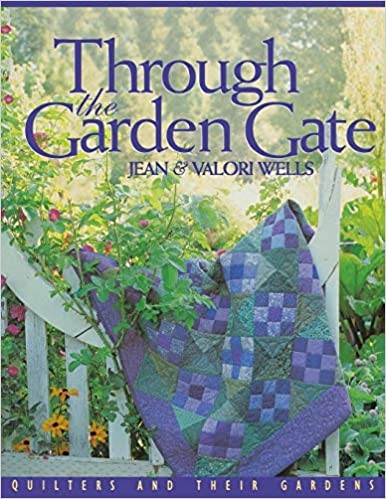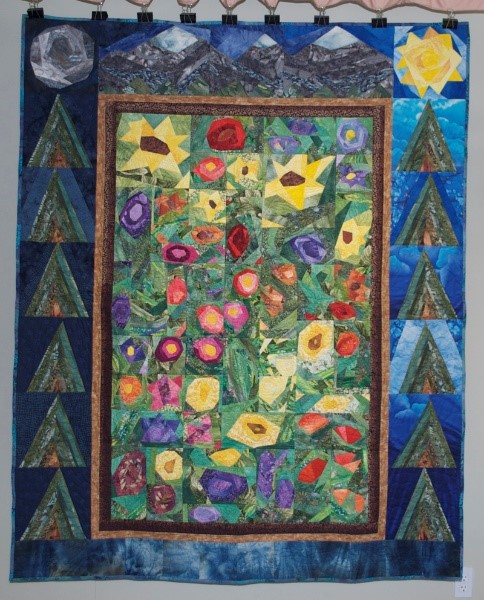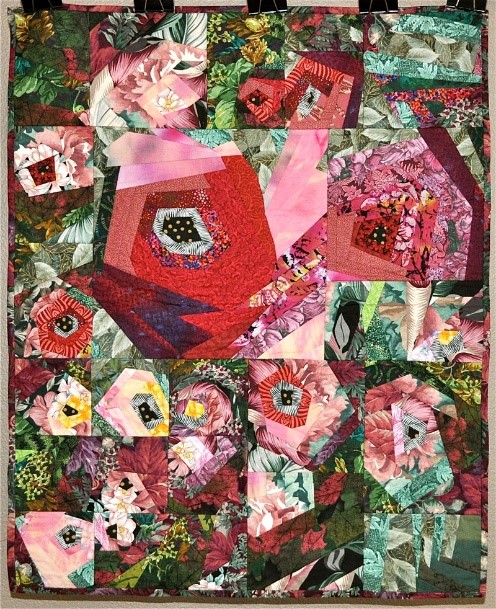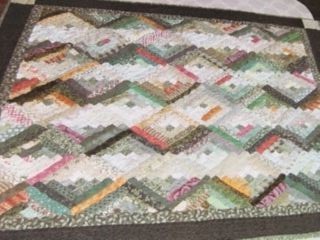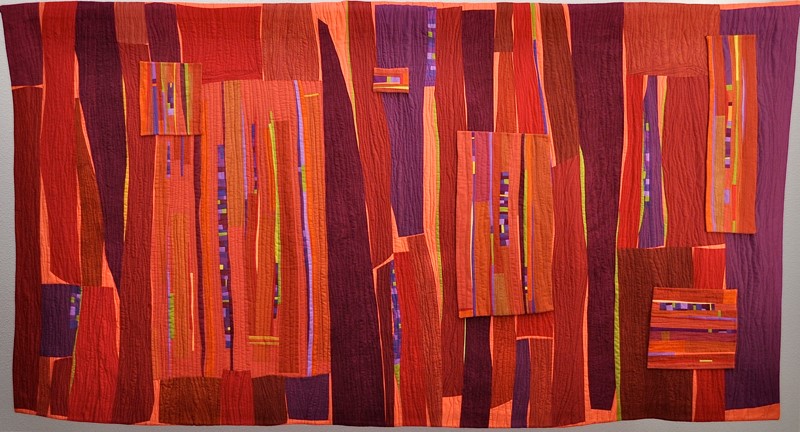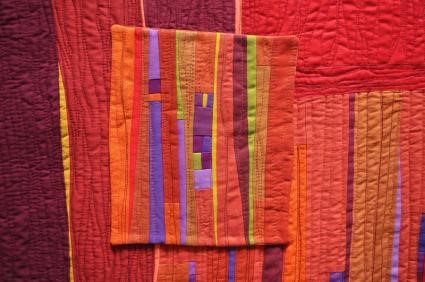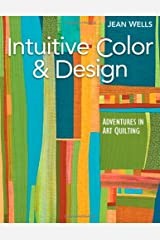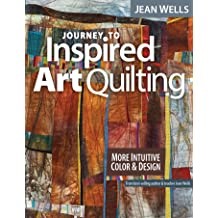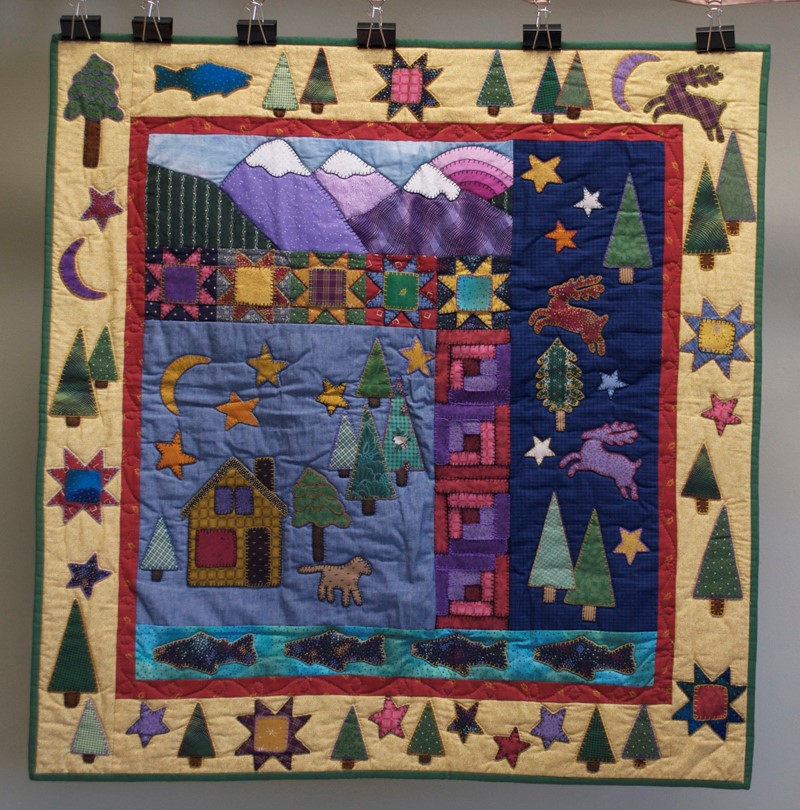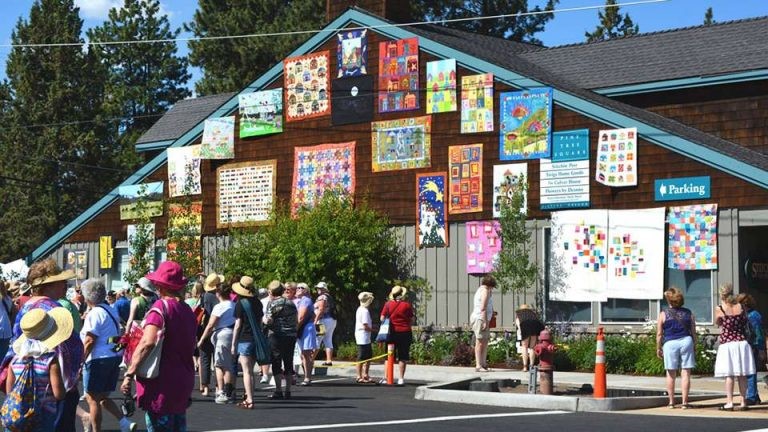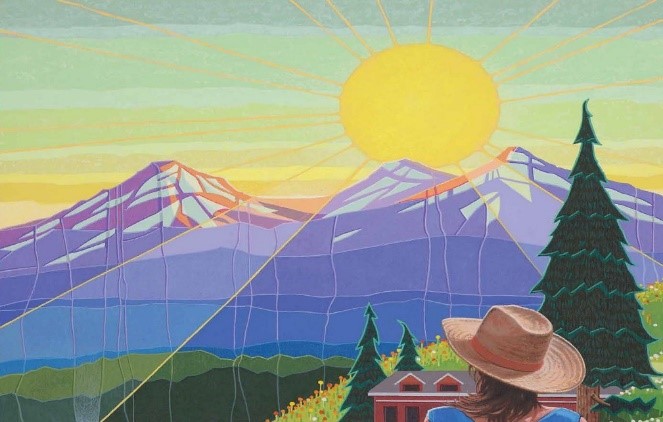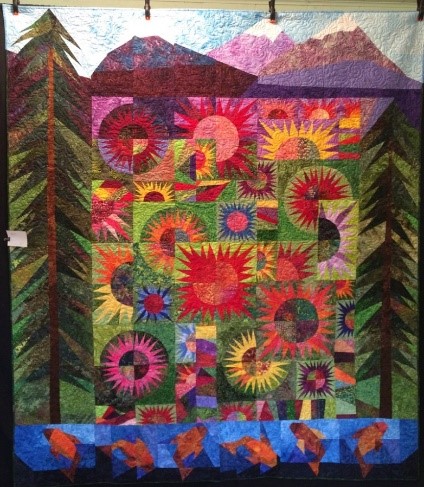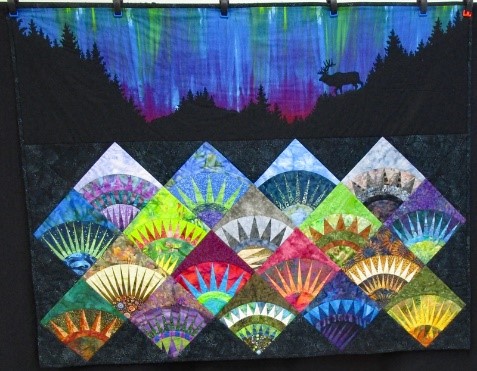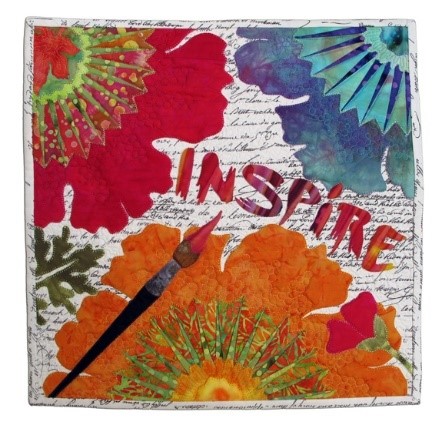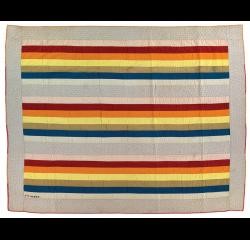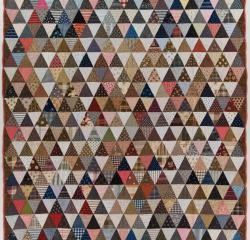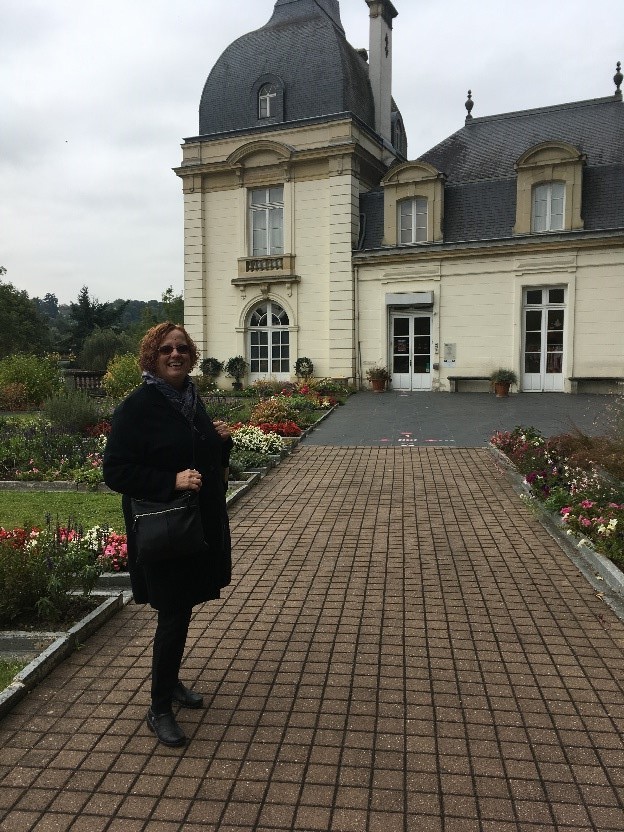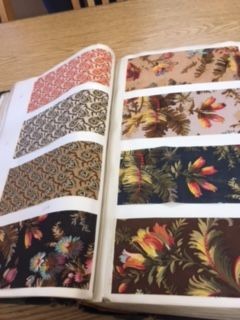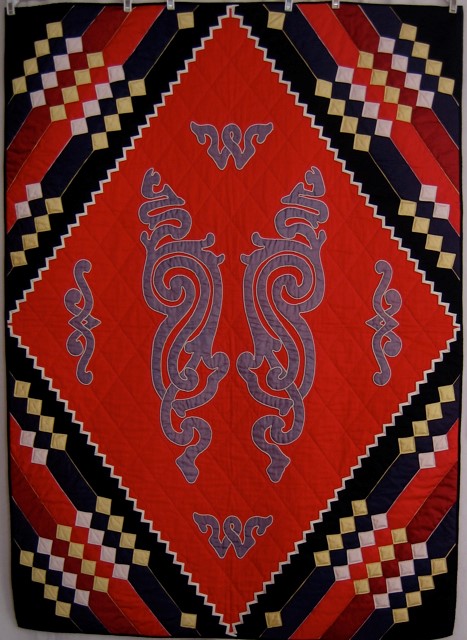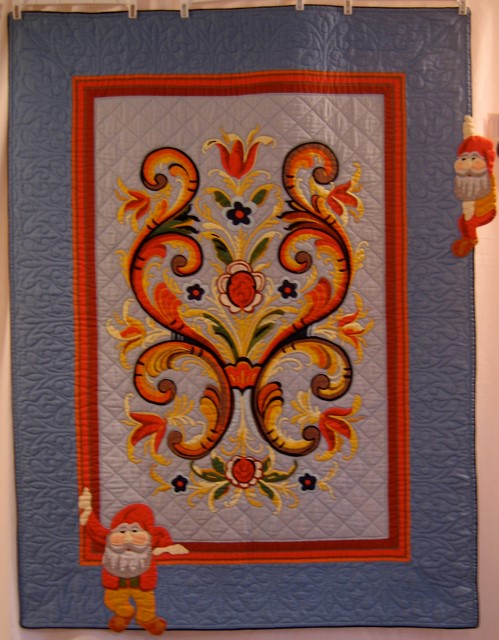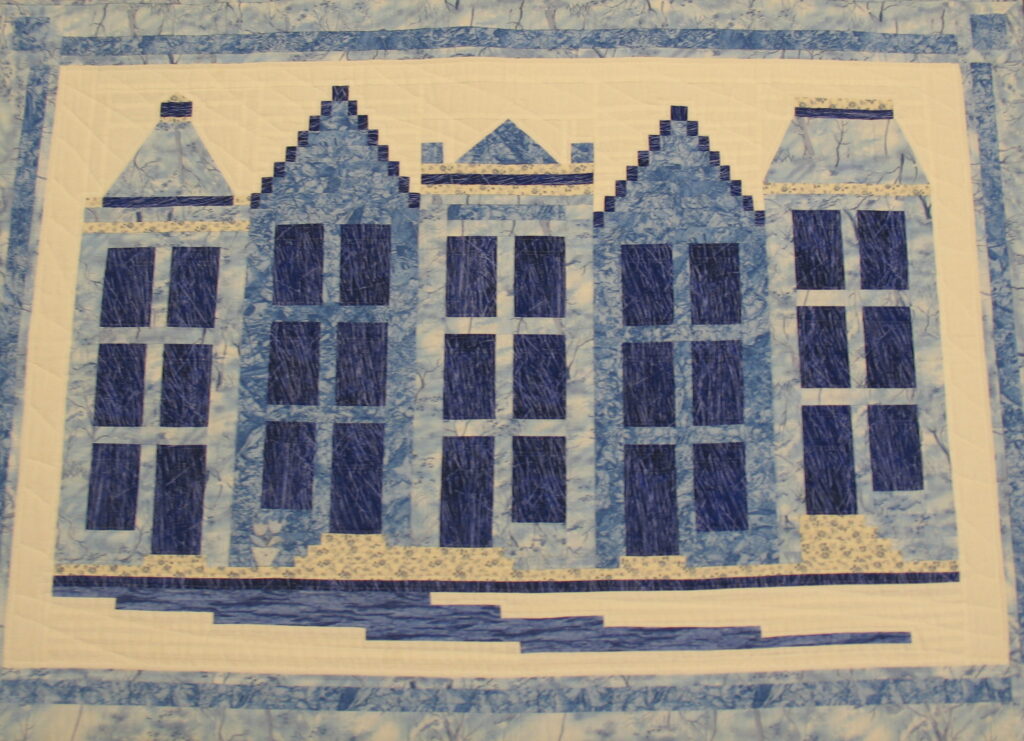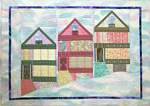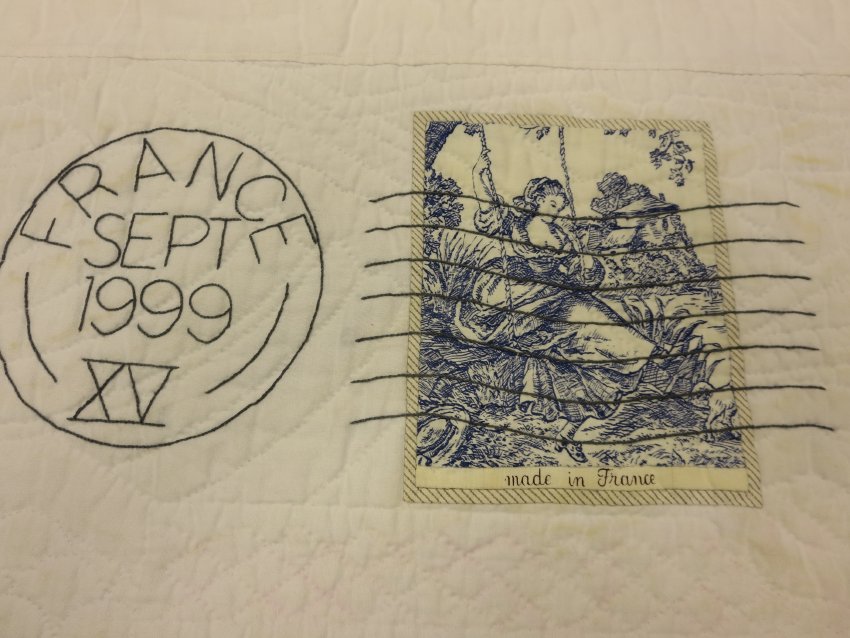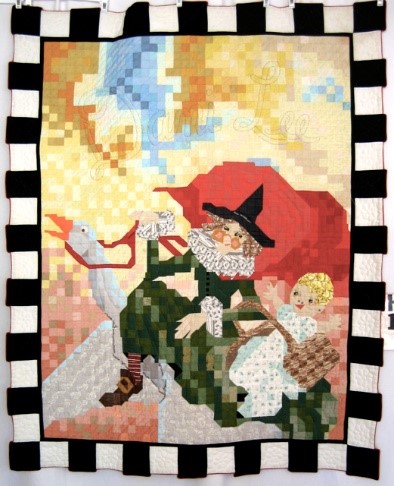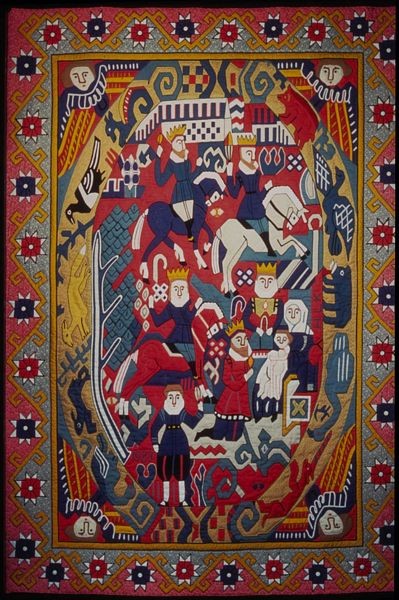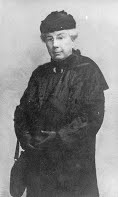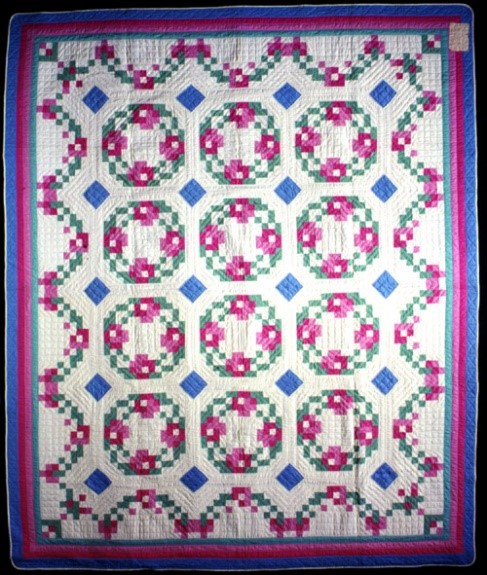Write About What You Know
Honorees Mary Barton and Bets Ramsey share a birthday today, June 9th. I thought to write about them together, but there’s too much to say about each of them. I’ll start with Bets, and get to Mary next week.
Before I start though, I want to thank all the gals in my guild (shout out to you, Faithful Circle) who helped with suggestions on how to improve this blog. For one thing, I was told that the links I include would be better at the end, so the reader isn’t skipping away from the Hall of Fame site; I’ll try that this time. Also, administratively we are going to add more “tags” to make it easier for someone browsing the internet to find us. If you have other ideas to help us increase visibility or to provide better information, please leave a comment. Now, on to Bets Ramsey, who turns 90 today and is the 2005 inductee.
You can read a full biography of Bets on the Honoree page of the Hall of Fame website (link below) or get a visual recap of her life in the video (another link below). But I want to focus on one big part of her life: her writing. Bets is best known for her authorship of books on quilts in the South. She was born in Tennessee, and lives there today, so she was writing about what she knows. Here are three in the Hall of Fame Collection.
The first of these books, Quilts of Tennessee, derived from a four-year project documenting, with Hall of Fame Honoree, Merikay Waldvogel, almost 1500 quilts in their home state. If you search the Quilt Index (link below), you’ll discover over 250 Tennessee quilts that they documented. And, just because no blog of mine is complete without a Quilt Index citation, here’s one of the earliest they found; look at that quilting!
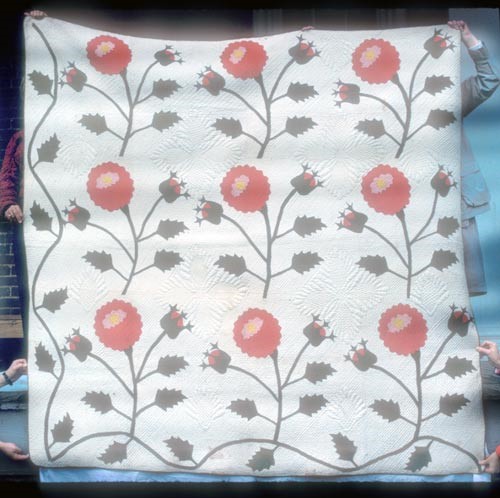
Much of this documentation was spun off into six scholarly articles published in the American Quilt Study Group research journal, Uncoverings. The first of these, “Design Invention in Country Quilts of Tennessee and Georgia”, attributes a characteristic of country quilts observed by Ramsey: compromise brought on by necessity. She gives as examples the use of cut outs (broderie perse), string piecing and natural dyes. There’s a certain effort at organization, and her premise couldn’t be fully developed in an eight-page essay, but what really comes across, is the soft spot Bets had in her heart for the cherished family quilts she was learning about, and her respect for the quiltmaker-artisans she interviewed.
Again, writing about what she knew, in “Recollections of Childhood Recorded in a Tennessee Quilt”, Ramsey detailed a project spearheaded in her capacity as crafts specialist with the Senior Neighbors of Chattanooga, Inc. Her thought was, “Every quilt is a piece of history. It is a record of the fabric of a given period. Its pattern and design reflect the style of the time. The quilt is an essay about the maker’s ability, training, taste, and feelings.” But for this project, she wanted a quilt which would visually record history. Jumping off from the tradition of Baltimore Albums and other quilts which depicted items of symbolic significance or the maker’s contemporaneous surroundings, she invited a group of mostly blacks who had grown up in rural areas to make a quilt depicting a story from their youth. The article with charm and a tremendous feeling for the quiltmakers describes many of the stories that came out during the making of the quilt. Why isn’t this quilt on the Quilt Index?
Next came “Roses Real and Imaginary: Nineteenth-Century Botanical Quilts of the Mid-South”, a comparative study of the influence of rural and agrarian life on chosen quilt patterns, interspersed with diary entries mentioning the quilts being made. And then “The Land of Cotton: Quiltmaking by African-American Women in Three Southern States”, based on oral interviews with rural quiltmakers who had moved to the city. In both cases, Bets was writing about what she knew, or rather, what she went out and gleaned.
Bets also knows about art. Her grade school and high school years were spent in Oak Park, Illinois (famous as the home of Frank Lloyd Wright) and she decided early on to be an artist. In that vein, her fifth AQSG publications for Uncoverings was “Art and Quilts: 1950-1970”. I don’t think of those years as being a flourishing time for quilts of any style, let alone art quilts, but Bets was writing about what she knew, from her personal acquaintances, her experience with mounting the Holstein/ Van der Hoof exhibit when it travelled to Tennessee, and decades of craft work. Her remaining article, given as a special presentation at AQSG was a recognition of fiber artist Mariska Karasz.
Bets doesn’t just write about quilts, she actually makes them, and takes this artistic endeavor seriously. She even has a Linkedin profile describing herself as a fiber artist, but I’m not savvy enough to get there. Although my focus was intended to be about her writing, it wouldn’t be fair to leave you without a quick view of some of her work.
Artists, unlike the rest of us, often work in series to try out their ideas, and Bets is no exception. Whether she planned it deliberately or not, she has produced a number of items from other people’s scraps.
First is “Wild Goose Chase” with pieced strips made by Elizabeth Richardson and given to Peto. (As an aside, I’m sharing 30’s Christmas fabric with friends as a challenge. Do you ever do that?) And then, a little quilt made of a chunk of fabric from one of Marie Webster’s dresses. At the bottom is “Peto’s Centennial Challenge”, made from Hall of Fame Honoree Florence Peto’s scraps from her challenge to Bertha Stenge (another Honoree) and Elizabeth Richardson. The Quilters Hall of Fame boasts a dozen more of these scrap quilts, and there’s a link below. Sometimes, if we’re especially lucky, Bets will contribute a piece for the annual fund-raiser live auction; keep your fingers crossed and eyes peeled.
And now for something completely different, “Valley of Forgotten Dreams”. (Well, not completely; it does use scraps of kimonos.)
And, “Fog Days on Cranberry Island” will round us out where Bets’ artistic career got started in 1967 when she and her family summered off the coast of Maine, and she participated in local arts and crafts fairs.
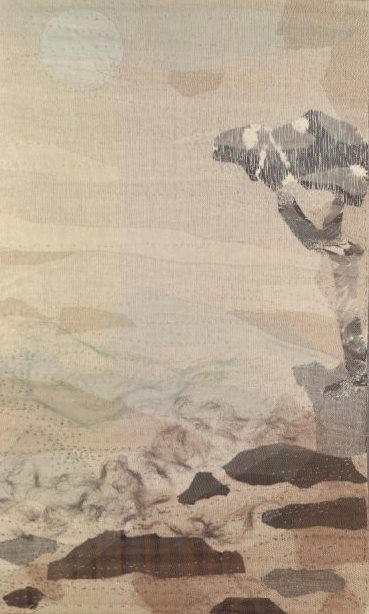
If you want to see more of her quilts and hear Bets talk about them, there’s a great video link below.
Phew, I didn’t even tell you about her lectures and quilt columns! Maybe another time. But for now, let’s just all wish Bets a Happy Birthday.
Your quilting friend,
Anna
Links mentioned above; if you can’t Control+Click, then cut and paste the reference into your browser.
Hall of Fame Honoree site https://quiltershalloffame.net/bets-ramsey/
Gov. Award video https://www.youtube.com/watch?v=GihxVuJxYeA
Documentation of Tennessee Quilts (all listed as Tennessee State Library and Archives) http://www.quiltindex.org/search_results.php?keywords=Bets+RAmsey&search=go
Art and Quilts http://www.quiltindex.org/journals/article.php?Akid=2-B-C7
Design Invention in Country Quilts of Tennessee and Georgia http://www.quiltindex.org/journals/article.php?Akid=2-B-FF
Recollections of Childhood Recorded in a Tennessee Quilt http://www.quiltindex.org/journals/article.php?Akid=2-B-12F
Roses Real and Imaginary: Nineteenth-Century Botanical Quilts of the Mid-South
http://www.quiltindex.org/journals/article.php?Akid=2-B-11A
The Land of Cotton: Quiltmaking by African-American Women in Three Southern States http://www.quiltindex.org/journals/article.php?Akid=2-B-98
A Tribute to Mariska Karasz (1898-1960)
http://www.quiltindex.org/journals/article.php?Akid=2-B-AB
Ramsey’s Peto/ Richardson fabric collection quilts https://quiltershalloffame.pastperfectonline.com/webobject?utf8=%E2%9C%93&search_criteria=Bets+Ramsey&searchButton=Search
More quilts video https://www.youtube.com/watch?v=dT93EchD7b8

